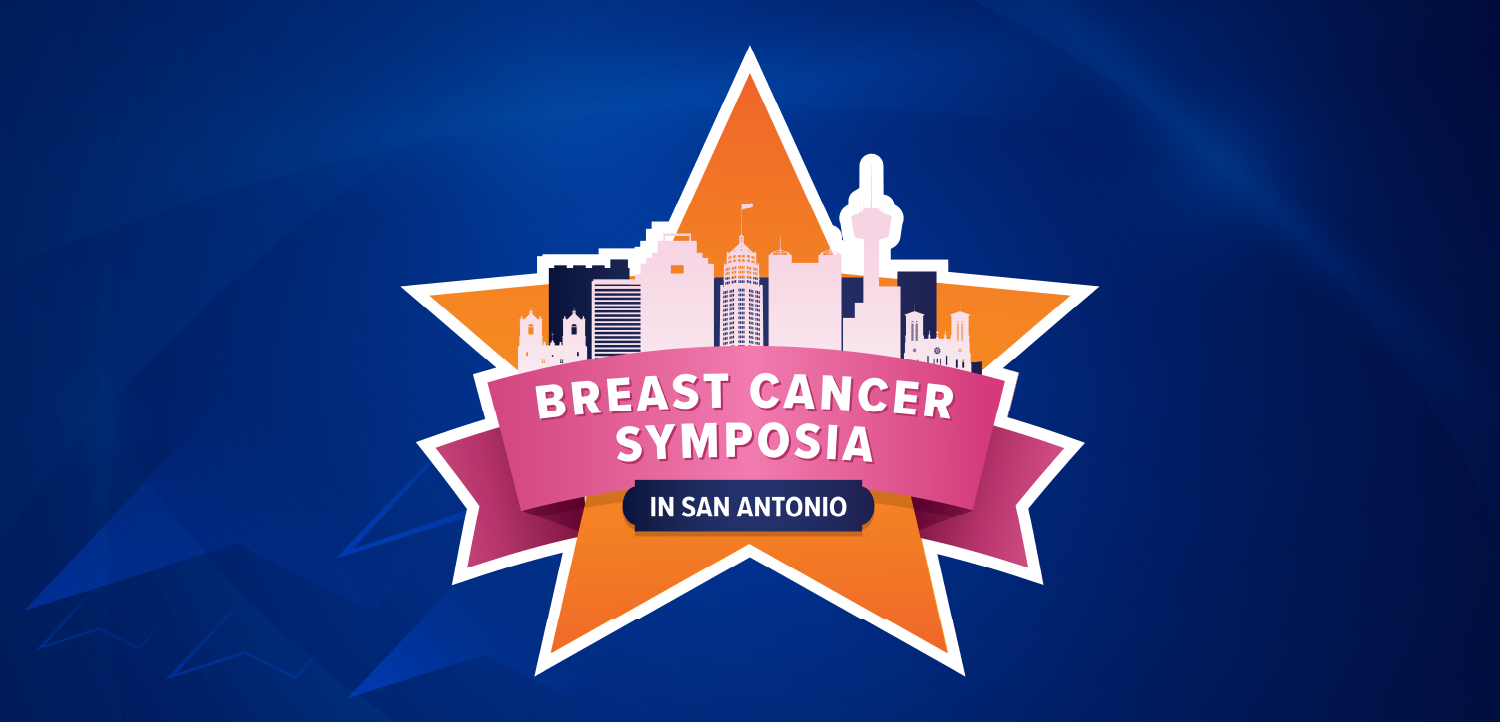
FORT LAUDERDALE, Fla-With the first results from its Oncology Outcomes Database, the National Comprehensive Cancer Network (NCCN) has “taken a step to move beyond the guideline development process into a process of connection,” William McGivney, PhD, CEO of the network, said at its Fourth Annual Conference. “That critical step is the implementation of guidelines through performance measurement.”













































































